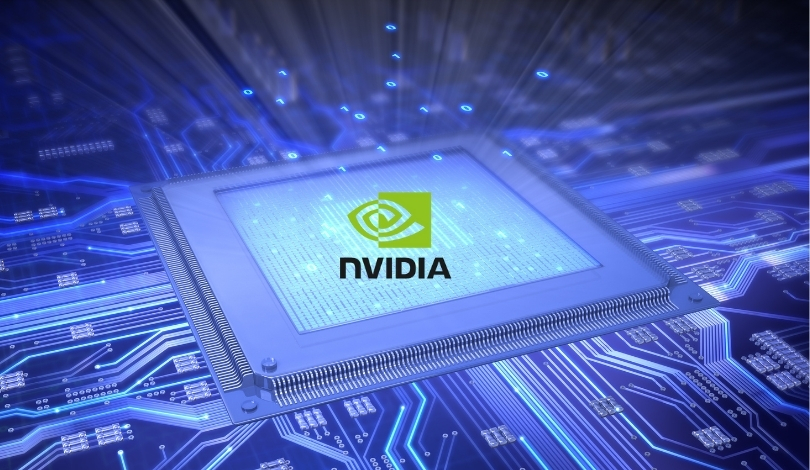Intel is intensifying its efforts in the graphics processing unit (GPU) market by developing a next-generation architecture aimed at rivaling industry leaders Nvidia and AMD. This strategic move signals Intel’s commitment to expanding its presence in high-performance computing and gaming sectors. Leveraging its extensive experience in semiconductor manufacturing, Intel aims to deliver competitive performance and efficiency with its upcoming GPU lineup.
Over the years, Nvidia and AMD have dominated the GPU landscape, consistently pushing the boundaries of performance and innovation. Intel’s entry into this space marks a significant development, as the company seeks to leverage its technological advancements to gain a foothold. Previous attempts by Intel to penetrate the GPU market faced challenges, but the rumored new architecture suggests a more robust and competitive offering.
How Will Intel’s New GPU Architecture Compare to Nvidia and AMD?
Intel’s new GPU architecture is expected to offer comparable performance metrics to Nvidia’s RTX series and AMD’s Radeon lineup. By focusing on enhanced processing capabilities and energy efficiency, Intel aims to meet the demands of both gamers and professionals. The architecture reportedly incorporates advanced features that could bridge the performance gap previously seen between Intel and established GPU manufacturers.
What Are the Potential Impacts on the GPU Market?
The introduction of Intel’s GPUs is likely to increase competition in the market, potentially driving innovation and offering consumers more choices. This competition may lead to more competitive pricing and accelerated advancements in GPU technology. Additionally, Intel’s entry could influence market dynamics, encouraging Nvidia and AMD to further innovate to maintain their market positions.
When Can Consumers Expect Intel’s New GPUs to Be Available?
Intel has not yet confirmed an official release date for its new GPU architecture. However, industry analysts anticipate that the launch could occur within the next year, aligning with Intel’s broader product development timelines. Early rumors suggest that Intel may unveil its first GPUs at major technology events, providing a glimpse into their capabilities and performance benchmarks.
As Intel prepares to introduce its next-generation GPUs, the company is likely focusing on integrating cutting-edge technologies to ensure competitiveness. This move not only diversifies Intel’s product portfolio but also addresses the growing demand for high-performance GPUs in various applications. Consumers and industry stakeholders will be closely monitoring Intel’s progress, anticipating how it will reshape the current GPU market landscape.
Intel’s foray into the GPU market represents a significant shift in the competitive landscape, potentially altering the dynamics among the leading semiconductor companies. The success of Intel’s new architecture will depend on its ability to deliver on performance promises and meet the specific needs of target users. As the technology evolves, collaboration and competition among these giants will likely drive further advancements in GPU technology.










